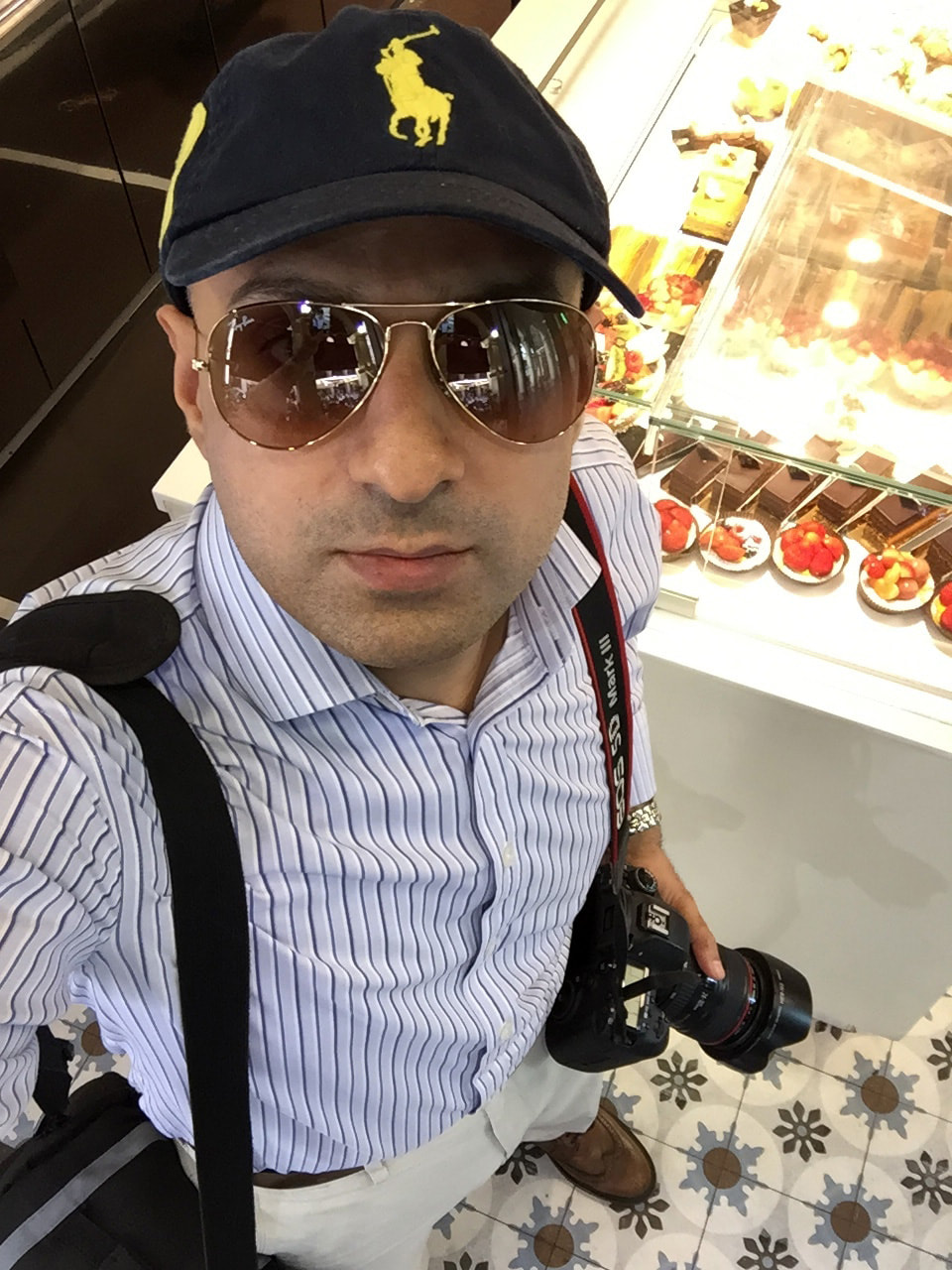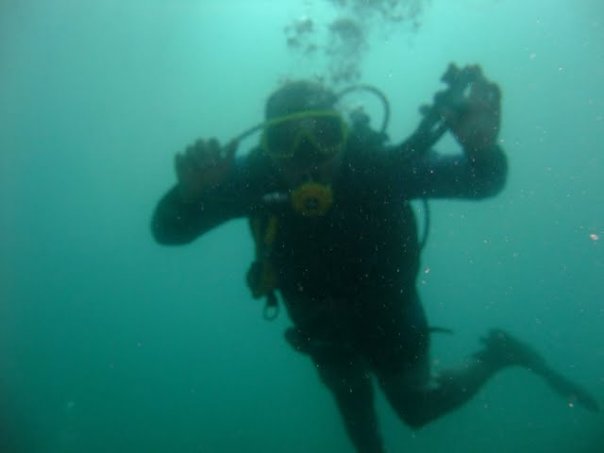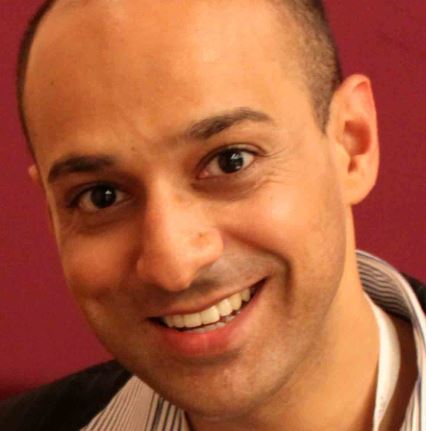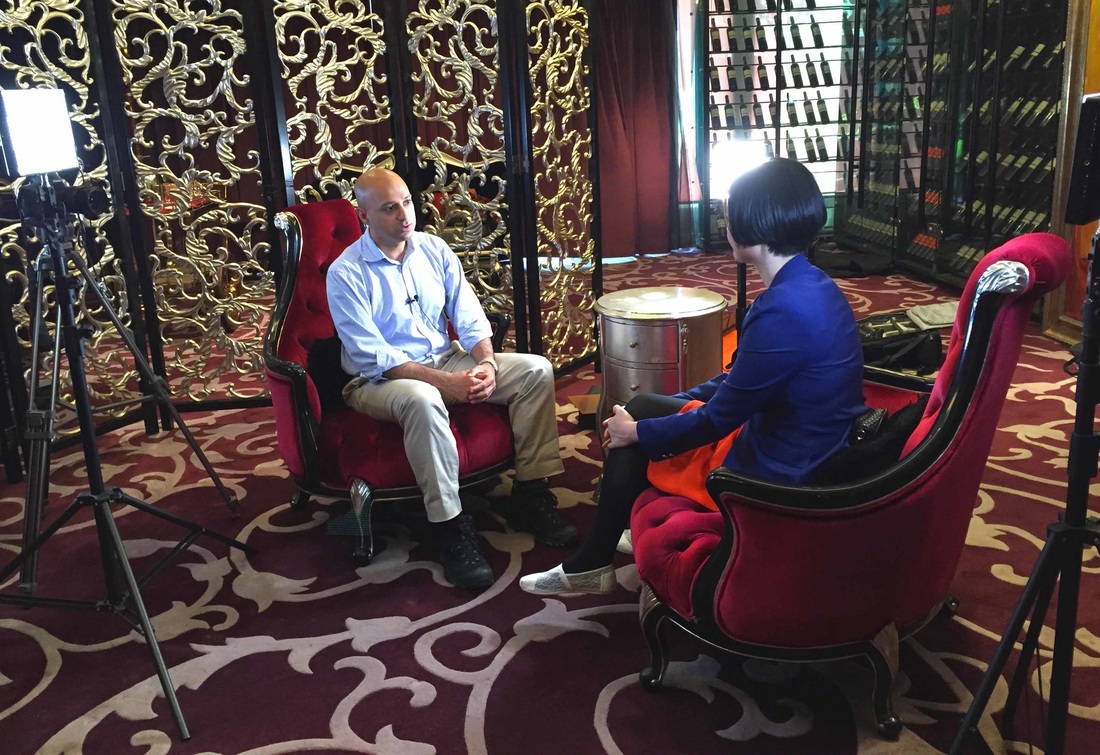|
I have just finished reading The Old Bold Pilot — a Pilot's Journey by captain Shakti Lumba and captain Priyanka Arora. “Ladies and gentleman, boy and girls…sit back, relax and enjoy the flight!” You’ve heard the announcement from the captain, but have you ever wondered what it's really like working in the front in the cockpit? These days, passengers are now prohibited from entering the cockpit during flight. Some aircraft are also equipped with CCTV cameras, so the pilots can monitor cabin activity, and some aircraft have extra gates to prevent anyone from entering the cockpit. Industry veteran captain Shakti Lumba — a pilot with over 40 years experience, who retired as IndiGo's vice president and had before that headed Alliance Air as well as being a union leader, has recently penned his memoirs to present to the lay reader a peek into Indian aviation through his personal journey. In this book, captain Lumba once again takes you beyond that locked door to see what the aviation industry is really like, and was like in India, and what real airline pilots do while you’re invited to “sit back, relax, and enjoy the flight.” Captain Lumba shares intimate details with typical humor and candor, and some interesting details, too that have not been heard of before. As captain Lumba describes it, this book is ‘many years of writing and six decades in the making’. It comes highly recommended! Captain Lumba, thank you very much for the time you have taken to do an interview with me about your work and life. I have read your book with interest, and it is remarkable that you have written this book from memory and the notes on your iPhone, as all your original flying logbooks and personal notes were destroyed by termites (sorry to read about that!). So, thanks for your time. It is the first time I have come across a book about aviation in India, and that written by an Indian. There may be others that I have not come across; so, excited that I have got my hands on this! Nav Singh [NS]: You are quite known for your passion, knowledge, and deep opinions about everything related to aviation and the safety, but what is the root cause of that? Where does this constant thirst for answers come from? Shakti Lumba [SL]: Nav, firstly, thank you very much for having me on your blog. It is an absolute pleasure, and glad you enjoyed my book! My passion for aviation started when I was two years old after my father sadly passed away and my mother – making sure that I did not become sad – told me that he had gone to live in the sky with the stars! From there on then, I vowed to fly and bring him back. For me, the thirst for aviation related knowledge started with reading fiction about aviation. Works such as Biggles, Richard Bach, and Ernest K Gann kept me involved until I actually started flying and realised that knowledge was as important part, just as important as the flying skillset. On top of that, the thirst for knowledge led me to do a lot of reading about the airline and general aviation industry, including flying techniques. RAF AP 129 was my go-to book in regards to building up my aviation knowledge along with books on airline management. Books such as Safe Airline by John Michael Ramsden and Staying Current: A Proficiency Guide for Serious Pilots by Dan Manningham kept me on track. Later during my career, when I got involved with the pilot’s union and represented a pilot in a court of inquiry, which looked into the crash of a Boeing 737 aircraft in Ahmedabad in 1988, it really hit me regarding the the ICAO annexures! As time went, I learnt to fly with the mind and then use my hands and feet to remain safe and professional: the reverse usually leads to disaster! 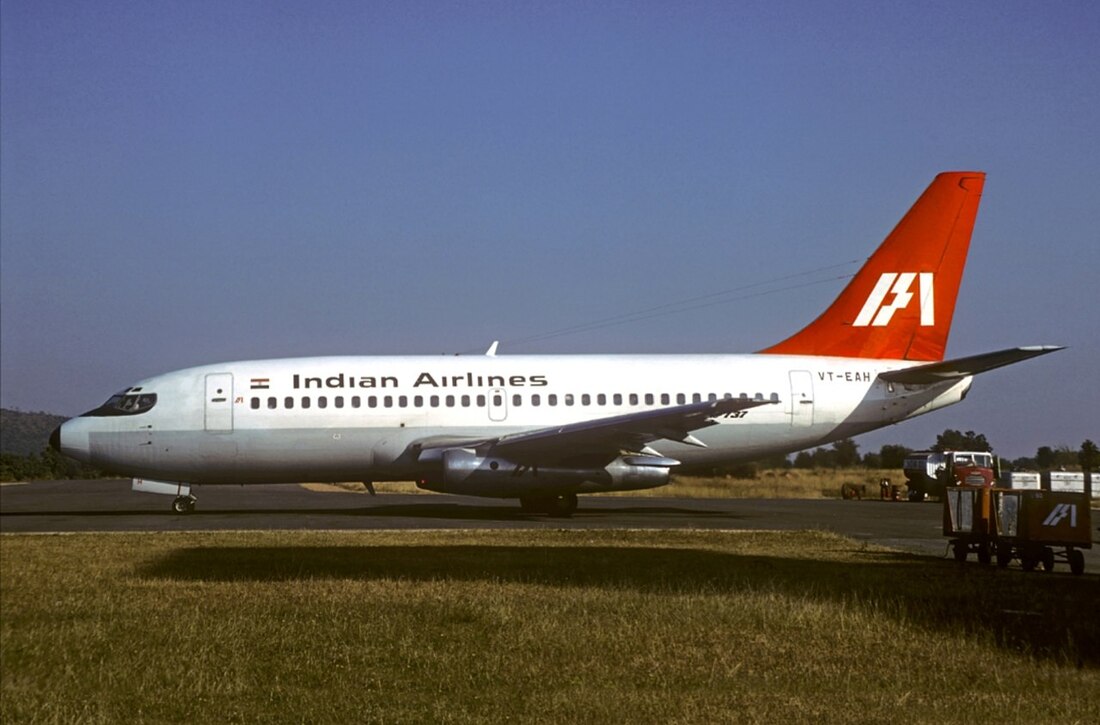 Boeing 737-200, registered VT-EAH belonging to Indian Airlines, seen here taxiing on 13 November 1978. Sadly, ten years later this aircraft crashed on approach to Ahmedabad due to pilot error in bad weather killing 133 passengers and crew. Captain Lumba was involved in the follow-up investigation. Photo Copyright Indian Airlines/Air India NS: You refer to IndiGo as a fledgling carrier…why fledging? SL: During the five years I was with IndiGo Airlines, from a startup in 2005 until I left in February 2010, it was a fledging airline with ambitions to be India’ largest with just over 40 aircraft. Although, in total it had over 300 aircraft on order! Today, I am proud to say that it is India’s most profitable airline, and the largest operator of Airbus A320 family of aircraft. 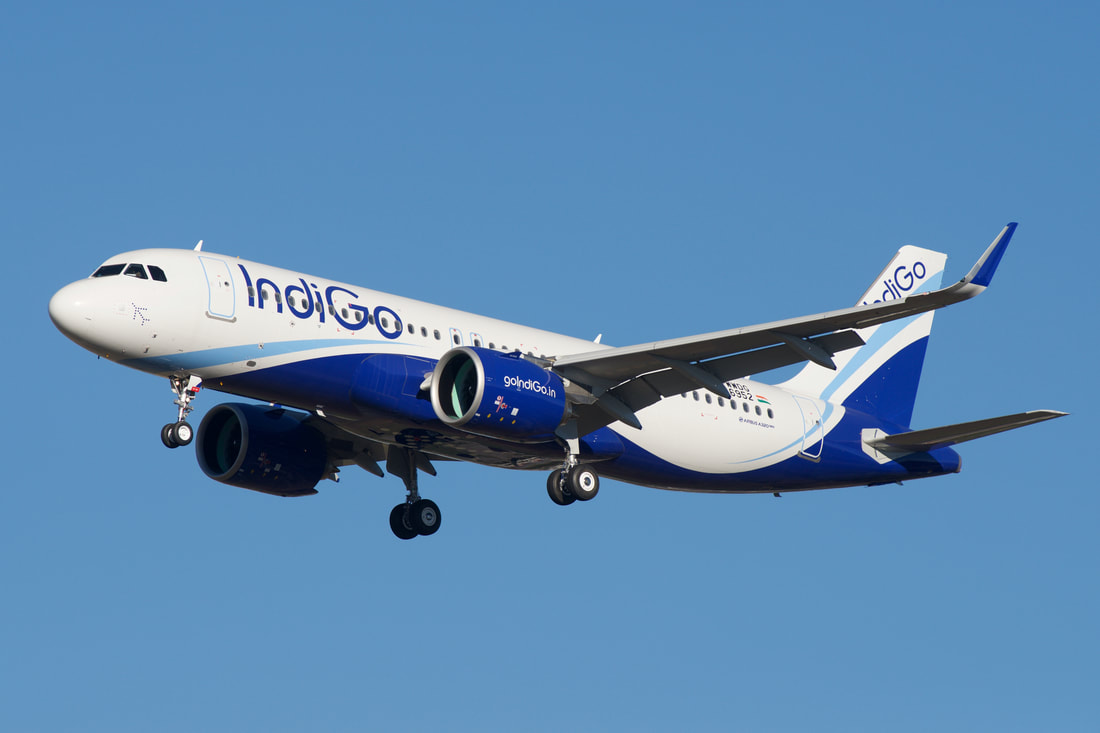 Captain Lumba was the global vice president at InterGlobe Aviation Limited (known as IndiGo Airlines). The company is India's most successful airline, operating 354 aircraft (45 ATR 72-600 and 309 A320/A321 family of aircraft), with 945 Airbus A320/A321 family of aircraft on order!). Seen here is a A320neo (registered F-WWDG, delivered to registration to VT-ITI). NS: You mention in your book about a Boeing 737 flight in 1983 with two captains disagreed and that resulted in an accident (landing gear not retracted) and you say that this could not happen these days, but it does seem to be quite common. SL: They agreed but simply the pilot in command (PIC) forgot to lower the undercarriage, while the pilot not flying realized and kept quiet until the last minute. At about two hundred feet (minimums), he pointed out there was no gear, and the pilot flying flipped the gear lever to extend the gear. The gear came down but as it had not locked down properly, it folded with the airplane settling on its engines. Such an accident is not expected to happen these days because the landing gear unsafe warning gets an input from App/Land flaps and radio altimeter. However, to the aviation world’s shock, it did sadly happen a few years ago– an incident with PIA on flight 8303 in 2020 did exactly that and killed ninety-seven passengers, and studies have shown that it may happen again. That can only happen if there is a total breakdown in CRM, and if the checklist is not diligently followed by the crew or if there is some kind of mechanical partial gear failure. Also, note that a landing without a gear can be done safely provided the aircraft has low fuel and the plane is glided down gently – so it is not so dangerous, but the aircraft will [in most cases] be written off! There was a case of an Indian Airlines Airbus A300 that ran out of fuel after diverting from Hyderabad with flaps and slats stuck after a missed approach. The captain made a what we call a “gear up dead stick landing” in a paddy field. In that incident there were thankfully no injuries. So that shows the fantastic airmanship of flying a A300 wide body like a glider by stick and rudder only. It has also been achieved with a Boeing 767 LOT Polish Airlines flight 16 in November 2011 in Warsaw. NS: Now, regarding the Japan Airlines Flight 516 [JAL516] crash in January 2024 – many aviation experts have commented that such an incident could have resulted in fatalities if it had been in another country, such as India for example. This may be due to passengers taking time to get out or taking their belongings etc. – what are your thoughts on that? What would have been the case if it happened in India? SL: Unmitigated disaster: the pre-departure safety briefing provided on Air India for example is totally inadequate for flight safety in my opinion. Meanwhile, the Japan Airlines safety video actually shows passengers how to evacuate and enforces the point not to take hand baggage on case of an emergency. NS: In your opinion, is Indian aviation safe, if not safer in 2024? SL: The Indian aviation industry is statically safe simply because of how that safety is measured. In actual fact, the largest number of aircraft type operated in India is the Airbus A320 family. This aircraft is very pilot friendly, forgiving and can literally fly itself if it has to! In my opinion, there is a clear and present risk of pilots losing their ability of basic flying skills because the operators mandate is to use the autopilot after take-off till moments before landing. In some airline companies, they have a simple rule about engaging the autopilot on the A320: not before 100 feet and only after 300 feet (~5 seconds) after rotation from the runway. This begs the question, “how do you keep up your skillsets of manual and visual flying if the machine is doing everything?” The answer? You don’t. This to my mind is a huge safety risk if the automatic functions and systems fail. Another safety risk relates to the Flight and Duty Time Limitation [FDTL] prescriptive limits as per ICAO which operators schedule pilot to. This includes the maximum flight duty, unlimited daily duty and minimum legal rest time. The recent amendments to FDTL have given some respite but the carriers are up in arms! Therefore, in my opinion, Indian aviation is destined for growth but there is the risk of reduced regulatory oversight and the system working at it limits. Somethings got to give. The issue is increase in wakefulness and lack of sleep. Fatigue has also been identified in several other major aircraft accidents as either a cause or a contributing factor (National Transportation Safety Board [NTSB], 2000, 2001, 2010; Libyan Civil Aviation Authority, 2013). In addition, aviation policies reflect the importance of fatigue in aviation safety. Since 1972, more than two hundred safety recommendations issued by the NTSB focused on fatigue (Marcus and Rosekind, 2017). Moreover, pilot fatigue has been on the NTSB’s most wanted list of safety-related priorities since 1990 (Caldwell, 2012). These policies do not seem to have resulted in a significant improvement; however, as 23% of major aviation accidents between 2001 and 2012 were attributed to fatigue, compared with 21% in a 1980 study (Lyman and Orlay, 1981; Marcus and Rosekind, 2017). A very illustrating example of fatigue and its effect on the safe piloting of an aircraft is provided by the 2010 crash of Air India Express Flight 812, which crashed upon landing in Mangalore, costing the life of 158 of the 166 people on-board. Residual sleepiness and impaired judgement were believed to have contributed to this accident, as the cockpit voice recorder indicated that the captain had been asleep for the first hour and 40 minutes of the 2 hours and 5 minutes flight (Court of Inquiry India, 2010). According to the NTSB, this was the first instance of snoring recorded on a cockpit voice recorder! Therefore, in my opinion, fatigue is a clear and present danger to safety of aircraft operations. NS: There has been quite a lot of discussion about five B777-200LR aircraft, leased by Air India from Delta Air Lines, with oxygen issues as per this link, what are your thoughts on this on-going saga and the strained relations between Air India’s senior pilots & management? SL: For flights over mountainous terrain with limited passenger oxygen in case of depressurization/ 50% power loss, escape routes must be provided in the flight plan so that the pilot-in-command (PIC) can choose a route that is safe so that passengers can have enough oxygen supply without harm. The issue is that Air India does not provide the crew with escape routes in the flight plan and expects the PIC to decide on an escape plan on the fly. Another issue is that Air India’s leadership prohibits pilots from joining a trade union or associations. It is only airline in the country where every airline pilot is dissatisfied because of bad management, corporate bullying and other such actions which do not make it a safe airline to fly with and are not cohesive to safe operations. NS: Competition from Middle Eastern and Asian carriers is stiff, but with your vast experience, what do you think needs to be done to make Air India one of the best airlines in the world again? Are they (the management) doing what they should be doing? SL: I would say that Tata’s style of management is purely production related in order to generate revenue and focus on profits first and is not focused on the customers or their staff – both their internal and external customers. NS: Now, coming to the important topic of fatigue and sleep: we have been reading a lot about pilots sadly dying because of the extensive hours they have worked because of a lack of sleep. Why is this happening a lot now than before in your opinion and what could be done to fix such things that are “ailing Indian aviation” according to analysts? SL: As I mentioned in detail above, airlines treat pilots like bots these days! Poor crew scheduling and poor HR policies and procedures are the biggest headaches for pilots. Just like in any other industry, pilots don’t leave a company, they leave bad bosses! The issue of work/life balance does not exist, and it is not even considered as a human requirement. The management consider pilot reporting fatigue as malingering. NS: Would it be fair to say that your career was more about your passion and dream of flying rather than the money? What are your thoughts about the youth of today who want to enter aviation because of the big bucks rather than the passion of flying (take some Middle Eastern and Chinese carriers for example)? I am saying this because you see plenty of young airline pilots flaunting their newly found wealth on Instagram or Twitter (wearing a Breitling watch, driving luxury cars or showing off about drinking expensive whiskey etc…). SL: Yes, that would be a fair comment to make. For me it was all about passion, as we weren’t paid well, until at least 1996 (!) My salary only got boosted after my negotiation with the pilot’s union. However, it was based on work more, earn more. I was quite busy with office-based work and with that I could only get on average approximately 60 hours at most per month. However, I was content and happy, and I prioritized my happiness, heath and needs over wants. The guys you talk about we called (Equated Monthly Installment) EMI pilots, who loved (or still love!) buying snazzy cars and fancy goods on EMI equated monthly instalments: as their wants increased, so did their debt! NS: You have at first hand seen many colorful airlines come and go (Kingfisher, Jet Airways, Alliance Air [merged with AI], ModiLuft, Vayudoot etc. because of financial woes), what, in your opinion, is the missing secret sauce for India to have a successful world-class airline that can be stable and provide an exceptional customer and safety experience? (i.e., how to make the likes of SIA, EK, QR jealous etc…) SL: Initially, I helped to merge Vayudoot into Indian Airlines: Alliance was a subsidiary of Indian Airlines that I started – it was my baby, like IndiGo. Now, Modiluft was an air taxi service using a Boeing 737-200 and a Boeing 737-200, which eventually became Spice Jet (they are always short of cash, and that is in their DNA!). Sahara, Kingfisher Airlines and Jet Airways went down into bankruptcy due to promoters skimming their airlines after they went public. The secret sauce to having a successful airline is to be well capitalized from start and make low cost as your mantra and your philosophy, and this should not be your strategy when times are tough. IndiGo keeps costs in control and seldom sells below costs and therefore it is quite profitable. Now, with Tata, Air India will bring no profits for at least 10-12 years (yes, you read that right…years!) and for that they do need to get their act together. NS: The merger of Air India and Indian Airlines, coupled with the unviable decision to purchase 111 new aircraft, contributed to the downfall of Air India, said the Minister of Civil Aviation, Jyotiraditya Scindia a few years back. Despite all else, it was clear that Indian Airlines was doing well as a profitable airline, but since the late 1980s, Air India started making losses…so any ideas why were they merged together? And any lessons we can learn today? SL: This merger was a merger of chalk and cheese and would never have worked. Only now it was somewhat stabilizing and then Tata took over. Now they are merging four airlines into two. Regarding the aircraft orders, I was one of the few who supported it. The airline needed new aircraft, or it would have drowned. The kicker in the pack was a very badly negotiated deal by novices. The government withdrew sovereign guarantees, so Air India ended up taking loans at commercial rates up to 16% interest (!). Can you imagine? It is crazy! Knuckleheads, in my opinion. 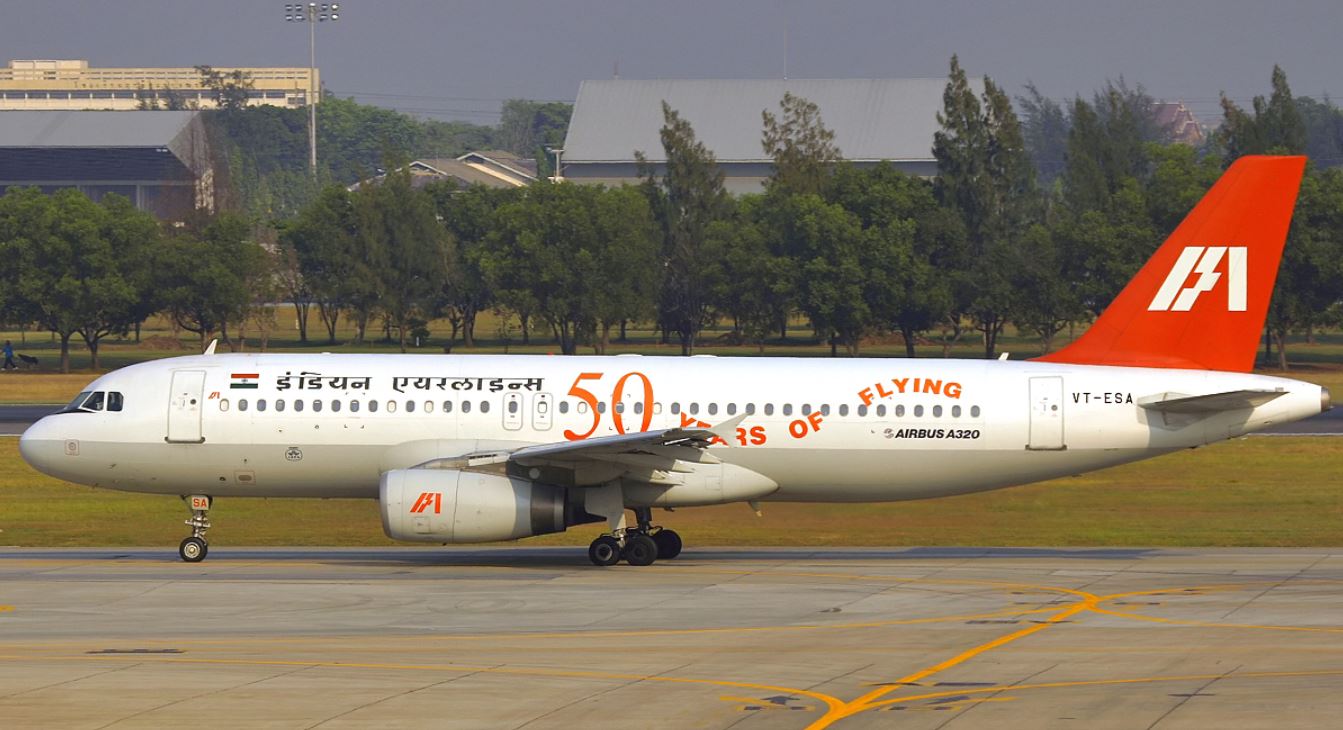 '50 Years of Flying' for Indian Airlines titles. Indian Airlines and subsequently Air India were the only airlines who had A320s with dobule wheel bogies due to India's low pavement classifiction runways in the 1990s / 2000s. Indian Airlines, Airbus A320-231 registred VT-ESA, MSN: 499]. Pictured in July 2004 in Bangkok. Photo Copyright Anthony Jackson NS: Please tell us about Laksh farms and foundation, and anything you want the readers to know. SL: Laksh Farms is named after my dearly departed mother. Her name was Lakshmi and my father used to call her ‘Laksh’ which became her pet name. The book describes how I found it and developing it into a successful farm. was a great labor of love – I often say that it is my third startup! My wife and I have created a beautiful natural heavenly place, which we are now proud to call home. It is nestled in a valley in the Aravalli range and has great energy and good vastu (home). It was developed from a total waste land that I bought in 1997 and I turned it into paradise, planted over 2,000 trees, ornamentals, mangoes, chikoo fruit (Sapodilla), citrus and ambles. One visitor described Laksh as “one doesn’t need to die to see heaven. Just visit Laksh farms”. The farm, besides being an agricultural farm with a dairy, chicken, geese, rabbits, is also a farm stay and open for bookings for a farm day. We practice natural farming, and at Laksh we also have the fabulous The Laksh Foundation in Haryana, India. This is a women self-help group and includes the Laksh Foundation Education Society. The education society provides free post school tutorials to around 1,200 kids in five neighboring villages. As a small NGO, organic farm and women’s sewing co-operative, it also began to offer free education to the children of local farm workers, offering them a way to improve their futures – and this is where we partnered with Warwick University, one of the UK's leading universities, with an acknowledged reputation for excellence in research, teaching, and innovation. Warwick worked with the Foundation since the beginning and have helped to shape our teaching programmes over time, until at least the start of the Pandemic. Warwick would send 12 volunteers during the summer holidays for three months for a teach the teacher program. In this program we were able to develop 40 of the brightest kids into educators who teach the kids and also learn to graduate in the Open University program. The foundation is a charitable foundation and is totally dependent on family and friend support. We have a computer lab for students and have tied up a weekly visit by a group of doctors who spend half a day at our village, Mangar, for medical consultation and provision of medicines for poor villagers. Laksh is our small way of giving back to society and nature from whom we took so much till retirement: Laksh is our home and was one of the best decisions I took to avoid the rat race and the hustle and bustle of city life. We are only an hour away from Delhi, Noida, Gurgaon and Faridabad yet set in tranquil settings – so near and yet so far! Bouquets and brickbats as we say. NS: Has India seen more near misses and collisions than other major aviation hubs/global average? SL: Not at all. As air traffic increases in the limited airspace, incidents of reduced separation are not only common but are not alarming and fall within the very low risk statistical average. There are risk mitigation options, both human and non-human. The whole issue comes under Communication Navigation Surveillance and the Air Traffic Management (CNS/ATM). The most common human factor is fatigue in the cockpit or in the control tower with overworked and exhausted controllers and pilots. We need to bring in more stringent fatigue management and fatigue risk management laws with penalties for aircraft operators & air traffic control (ATC) managers. This is the responsibility of the Directorate General of Civil Aviation (DGCA), which they unfortunately do not take as seriously as other safety regulators because of the commercial pressure from aircraft operators and the Airport Authority of India [AAI] who manage the CNS/ATM. A shortage of pilots and controllers adds to longer duty time, reduced rest and increased fatigue. NS: Who is to blame for such instances? Airlines, airports, or ground staff authorities? SL: In aviation, we don't play the blame game only look for the probable cause and learn from any incidents. NS: How can that gap be filled and who must fill it? SL: The only logical answer is to increase the airspace and improve surveillance by satellites. Air India and the DGCA are under no pressure to bring is proper laws to properly manage the fatigue issues for pilots and controllers. NS: Mr. Lumba, thank you very much for spending time to share your thoughts. It has been an absolute pleasure having you on my blog!
SL: You are welcome. The pleasure is mine. Thanks a lot, Nav!
0 Comments
Retired British Airways pilot Captain Nick Eades—the world's most experienced Boeing 747 pilot with over 30,000 hours on the type—published his memoir in 2021, Self-Improver. I had the chance to do a Q&A with Nick, including about his 40 years in aviation and how the industry has changed since the day he decided to become a pilot in 1979. During the Covid-19 pandemic, Captain Eades decided to write this autobiography of his life in aviation, from starting his career in aviation as a self-improver, right from the bottom because he didn’t have the money to attend a flight school. Hence the name of the book goes by the same name. The book is full of interesting antidotes, from when he was cleaning and loading aircraft to flying U2 on their Joshua Tree Tour. Here he reveals some interesting truths. Nav Singh [NS]: Nick, thank you very much for your time. Now that you have retired to a writer's life, you must miss all that travelling and glamour [except the time zones and simulator checks!], do you? Nick Eades [NE]: Thanks for having me having me here, Nav. I flew for 50 years. In that time, I flew over 30,000 hours on most types of aircraft, from open cockpit biplanes to executive jets, and of course the 747. I am now totally happy for others to enjoy the skies and I simply love my new career of writing and hopefully producing aviation themed books and television programmes. NS: The 747 has over 6 million separate parts, so, as a 747 pilot is it true that you need to know practically everything about the aircraft?, and how long did it take you to learn and know about the aircraft inside-out [even things that are perhaps small but important…. technical and non-technical]? NE: Interesting question! Things have changed drastically over the decades. When I did my initial classic 747 course in 1987, we were taught by a mixture of ground instructors and self-learning ‘Carousels’. Basically, we attended “chalk and talk’ lectures and then sat in a mock-up of a 747-flight deck and watched a series of slide presentations of the aircraft systems. We were also given an audio cassette to listen to at home and in the car. Of course, we were also given a full set of technical manuals. At the end of the course, you were very familiar with all of the aircraft systems. The entire course lasted approximately three months. However, a very experienced training captain at the time advised me that it takes a minimum of five years to be fully competent on the aircraft. After 34 years on the 747, here I was still learning! My last course on the Boeing 777 had a two-week ground course that was fully self-taught with no instructor lead training, except for a few hours in a fixed base simulator. At the end of each course, I knew a lot more about the 747 than I did about the 777! NS: As you’ve written in your memoir, you couldn’t initially afford to attend a flight school, so you became a self-improver. That is not easy these days because the cost of getting a license is expensive, and not many airlines offer sponsored cadet schemes. However, are self-improvers really looked down upon by the airlines? NE: Another excellent question. The basic cost of getting a commercial license is approx. £125,000, plus another £20-25,000 for a type rating on something like an Airbus A320 or Boeing 737. Today you can only achieve your Commercial Pilot’s License [CPL] by attending an approved school. The airlines today do not mind if you are “self-funded” or sponsored, as both trainees have gone through the same system. This is very different from the way I qualified. In the past you had to achieve 700 hours flying time to sit the flying exams. There was no formal training as such. A pilot first achieved a Private Pilot’s License [PPL] and then built up the hours. A good way to do this was to become a flying instructor, a course you could take after you had achieved 150 hours. So, in answer to your question, today’s airlines are very happy to take on self-funded pilots as it saves them the cost of initial training. In my day, a lot of pilots looked down on “self-improvers” as they had not completed an approved training course. Some captains even refused to speak directly to me, instead insisting on communications through the flight engineer (!). NS: Is it true that airline pilots spend as much time in the simulator as they do in the cockpit? NE: No, they don’t. I was flying 900 hours a year in the real aircraft and only eight hours a year in a simulator. NS: Wow, only eight hours a year! So, according to you, what makes a good airline pilot? NE: A combination of manual dexterity, intellectual flexibility, and emotional empathy, combined with a good sense of humour. NS: That is quite interesting. What would you say is the best and worst parts of being an airline pilot? NE: The best part is the incredible variety and sheer pleasure of flying. Combine this with being paid to see the world then you have a very heady mixture. The worst part is the endless night flying, time changes, and of course the dreaded six-monthly simulator checks. NS: Talking of simulators and training, do aircraft versions differ much? Can you name some differences between the old 747-400 and new model 747-8 model, for example? NE: The main difference is that the 747-800 is ‘fly by wire’. In other words, you fly the aircraft through a computer. The 747-400 was one of the last aircraft that the pilot, not a computer, actually moves the control surfaces. NS: Very thoughtful to say the least. Now, to me, the 747 looked like what in most people’s opinion a plane should look like [or at least it did when I was a kid plane spotting at Heathrow!]. In your opinion, could they have kept the 747 going with more efficient engines and aerodynamic wings or it just wasn’t possible? NE: No, the 747 was actually designed on the back of a cigarette packet in the 1960’s [!]. Sadly, a four-engine aircraft is no longer commercially viable. Engine technology and reliability is so advanced today that flying in a twin-engined aircraft today is statistically safer than flying in a four-engine aircraft 40 years ago, and of course a lot more financially efficient. NS: One of the world’s most famous and challenging approaches was to the former Kai Tak airport in Hong Kong [Madeira in Funchal is probably similar, but nothing beats Kai Tak!]. Can you share what it was like doing angled approaches at Kai Tak? NE: I flew into Kai Tak on many occasions. Obviously, the approach and landing onto runway 13 with the famous “checkerboard hill” approach was exciting, especially in a 747! You literally flew towards a red and white checkerboard on a hill and when you reached a certain point you executed a turn to the right. You the picked up the IGS (Instrument Guidance System), which guided you literally through the skyscrapers until a last steep turn at 200 feet to line up with the runway. It was a tremendously challenging and exciting approach and landing because the runway ended up in Hong Kong Harbour, and for those unlucky enough to get wrong, they actually ended up in the harbour itself! The beer that night somehow always tasted sweeter! NS: Even for pilots who fly the latest Airbus or Boeing aircraft, nothing beats flying the 747, or comes close to it! What was it really like flying the 747? I mean the sheer size...things like lining up on the runway [some have compared it to steering a double-decker bus while being sat the top deck!]. NE: On my first day at The Cranebank Centre, the former British Airways training facility near London Heathrow Airport, the instructor pointed to an office block at the other side of the carpark and asked us to look at the very top of the building. There, above the final row of windows, was a blue plaque. We were asked what we thought it was there for? Everyone could not believe it when we were told that was the height of the tail of the aircraft we would shortly be flying. My first take off was as exciting as my last one 34 years later. We would taxi out, looking above everything else and feel an immense pride in flying this incredible aircraft. You could instantly tell that every other pilot was jealous and wanted to in the seat you were currently occupying. Turning onto the active runway, I always watched the face of my co-pilot as they pushed the throttles forward, waited until the engines were stable, and then announcing, “Setting Power”. Almost without exception the smile on their faces grew wider as the aircraft accelerated down the runway. My last grin was as large as my first one. It was quite simply the ultimate flying machine. NS: Now, with all the buzz about AI affecting many industries, including aviation, is it really going to effect on this industry? I mean, planes have had autopilots for decades and have to some extent been on “artificial intelligence” since the 1980s at least. NE: This is a hot subject in aviation and has been over the past few decades. There is a great article called “Children of the Magenta Line” written in 1997. This details pilots’ tendency to blindly follow the magenta line on the new computer screens in modern aircraft at the expense of everything else. In other words, pilots were losing their natural ability to manually fly and navigate the aircraft and over relying on automation. This has resulted in a number of accidents that, arguably, would not have occurred if the pilots had retained their manual flying skills. That is why I personally hand flew the aircraft on very suitable occasion and always backed up the computer’s predictions with a rough prediction of my own. If the two varied by any significant amount I would stop everything and start again. NS: For some pilots, no doubt money is a good motivator to keep on going and flying, and perhaps they move to places such as China or the Middle East to earn very tempting high tax-free salaries that are unheard of in the UK [$350K tax free in some cases!]. What was the motivation in your case to stay at one airline and one aircraft type for majority of your career? NE: I had a very varied and interesting start to my career and had all the excitement and trauma condensed into a very short period of my career. When I joined British Airways, I found a lifestyle and aircraft that I loved. Life is not always about money, and I was lucky enough to be paid a reasonable salary, which allowed me to have great lifestyle balance. NS: Now, we have read a lot of myths about the brace position, can you please elaborate why the brace position is not included as part of the safety demonstration prior to take-off but is only written/illustrated in the safety card? I always wondered that because various airlines have created in-flight safety videos but have never seen the brace position being demonstrated.
NE: The simple answer is that it would be impossible for a cabin crew member to demonstrate the brace position without actually being in a seat. If they were in a seat nobody could then see them, except maybe a few people sitting next to them! The brace position was actually changed a while ago to reflect the differing seating options on today’s aircraft! NS: Nick, thank you very much. It has been an absolute pleasure having you on my blog! NE: Pleasure is mine. Thanks. Thanks again to Nick for spending time to share his thoughts, and for being kind enough to autograph his book for me. And before [or during!] your next long-haul flight, you may want to read Nick’s book! Click here to purchase a copy. There are no simple answers to these questions. Becoming an airline pilot has never been easy in any time in history. Back in the 1970s, 80s, and early 90s, many major airlines around the world were investing heavily in the recruitment and training of future airline pilots by providing fully sponsored cadet pilot schemes, where the airlines would provide financial support, and the only requirement from the student was to pass all the rigorous selection tests and be medically fit. Effectively, this job- which is no longer the glamorous job it used to be with airline pilots being referred to as "glamorous bus drivers" - is very tough to get and equally tough to stay in. However, since the attacks on the Twin Towers in New York on September 11, 2001, and the global economic crisis, the vast majority of airline companies have cut back on providing a fully sponsored cadet pilot scheme. Instead, most would-be pilots have to either take a bank loan, or invest at least £120,000 to gain the frozen Airline Transport Pilot's License (ATPL) with around 200 hours, after which there is NO guarantee of a job. Back in the 80s and 90s, all you had to do was get your frozen ATPL, and then the airline would provide the extra type-rating and training for you to get you to become a first-officer on your chosen aircraft type. Simply put, to become an airline pilot these days requires a huge financial investment, and without a guaranteed job at the end of it. That's assuming you pass the medical exams, and all the other theory and practical exams first time around (some of the best airlines require at least 90% in all exams), and if you don't pass them then that can go against you). One of my mates has just started studying for his flying at the age of 28 (which is fine as he will be around 31/32 by the time he qualifies for his first job), and another mate has started flying for the first time at the age of 45 (!). Being 36 now, I personally would not do it, simply because of the huge amount of commitment, personal sacrifices and risks (both financially and personally) one has to take. If you are in a relationship or married with kids, then it is even more of a challenge. Some do manage it. A friend who was a doctor did a career change at the age of 39- she got the ATPL licence at the age of 41, and started working for Wizz (Hungarian airline) at the age of 43 after forking out around £150,000 of her money without a loan to get where she wanted to be. Key Points: 1. First and foremost, pass your medical (must have an ATPL Class 1 medical) and pass all your 14 theory exams 2. Have at least a budget of around £120,000 to cover the 18 months course (including accommodation, exam fees, food and lifestyle costs. If you have to re-take the exams or if you take a modular course then the costs can be higher). It is probably cheaper in the US, Canada and Australia 3. In the UK, Oxford Aviation Academy and CTC Aviation are the best schools (highly respected and acclaimed by many global airlines) 4. Don’t do it just becase of the money- because flying is not the same as it used to be back in the 1970s/80s. You’ll be flying many more hours and for less pay for many years. One of my mates has spent at least £180,000 over the course of four years to get his hours and type rating himself, and now works as a Second Officer for Cathay Pacific Airways- and with no home and no family at the age of 35. The bottom line is, only get into this career if you truly believe that flying is for you and nothing else should matter. Be prepared to sacrifice everything, and I mean everything and anything (plus you need support from your family, too). If, however, you work for a government backed airline, such as a state-owned carrier (i.e. Air India, Air China etc.), then you may consider it a job for life- BUT if you fail your medical or your simulator checks then that is the end of your flying career. Here is sound advice I got from one highly experienced airline Captain who has been flying for nearly 30 years: "First things first - get your medical exam done before anything else. If you don’t have a Class 1 medical certificate, then there is no point carrying on. It is highly recommended that you get an ATPL-level medical as that is more detailed. Most people don’t, and it’s much stricter than CPL or PPL. Secondly, to get the required 1,500 hours after gaining your flying license, that is a LOT and you will most likely need to spend your own money if an airline is not sponsoring you! You couldn’t do anywhere near that AND the ATPL subjects. I barely do 1,500 hours in TWO years on the Airbus A330 (Duty times are limiting on back of clock operations). If you started at 34, for example, I would recommend doing ALL the theory exams before wasting more than 50 hours flying…too many people make the mistake and it drags out for years. 18 months full-time at, say, Oxford Aviation Academy or CTC (the BEST you can get) would get you a frozen ATPL licence and not even 200 hours I think. Then you have to get hours to build up to 1,500 hours. Who is going to hire you versus a 23-year-old who they can bond to give years of service in exchange for a cadet-ship? So you really have too suss out the market, and KNOW before you start, where you are going to get the hours from, who will hire you and what their requirements are. I would personally think that 34 is too late to start - I started at 26 and it was a stretch…but I think you WOULD get a job in the industry if you wanted it. The reason? The retirements are coming thick and fast - particularly in the USA - and Boeing and Airbus are selling so many planes these days, especially in India, China, SE Asia, Middle East and Africa. But do you want it? The money is a third of what it was when I started - but you still have to pay at least US$120K to get into it. The conditions are woeful and levels of safety have declined massively. Given my life again, (at 26 had three companies, at 27 had a house etc., I sold everything to pay for the flying licence), I would spend my efforts making money and buy a Learjet or Citation to fly myself around in, and ONLY fly where I wanted to go, and in good weather. You can’t imagine the stress/tiredness/ageing that occurs when you are flying into crap places, in crap weather in the middle of the night when you DON’T want to be there. It’s not healthy. The monsoon and Calicut -keeps me awake at night. I am flying for the best airline in the world, with the best equipment in the world…and the rosters are the worst I have had in 29 years of flying and I can’t see myself doing it more than another 3 years. Having said that, you could have an entire career flying turbo props and have a ball…given the right airline and location. I haven’t talked about the SIMs (simulator exams and checks) every half-year and licence renewals…only having a job for six months at a time. Knowing that the next time you walk out of a simulator, you could be unemployed and out of the industry for good (same each time you do the medical exam every year). You can’t ever relax - you can’t have a holiday for more than 34 days - or you lose your licence. Every three months you have to get back into the books and study. The SIM-tests gets most people…some are incapacitated by it. The best airlines only allow you to fail once, after which you are either out to look for another airline to join or you go back to the books for another six months before taking the simulator exam again. Not easy. The physiological stress that comes with failing a simulator exam can be enough to put one off the career. Worth considering in advance. The same goes for the health checks. You fail a routine health check and that’s the end of your flying career. Pilots below the age of 40 years are checked annually, whereas those above are checked six monthly. Medical standards and certification are stringent. Their eyes, ear, nose, throat, equilibrium, mental, neurological, cardiovascular and general medical conditions are checked by an aviation trained doctor. As long as a pilot is certified to be medically fit, he can continue to fly internationally up to the age of 65 years in the US, Australia and other ICAO member countries. This limit is not fixed worldwide, as the retirement age for Captains can vary from country to country. In Germany and the U.K., pilots by law are required to retire at 55 years of age. If a pilot fails their medical check, then they can look for a ground based job. They can retrain and become good at some other type of work: aviation mechanic, computer scientist, engineer, law etc. Some of these fields will actually pay a much better salary than a pilot’s job. If you are not fit to fly, no amount of bargaining/rationalizing is going to fix that — you've got to accept it and just move on with a positive attitude. The root cause (psychological problems, in your example) is a red herring. You may have to change careers for many reasons: injury, family, health, etc. SO, there is a lot to consider. Hope I have given you some food for thought. There WAS a cadet-ship in British Airways in 1967-9 (I think)…and in 1968 in Australia anyone with a CPL got an airline seat - then the airlines filled-up with no jobs given until the late 1980s…but that was it. They are running cadet-ships in India, Hong Kong, Qatar, Oman, Vietnam and U.A.E. for their locals now…and in Oz a few airlines are selling flying trying + bonding - but no cadet-ships- meaning that you have to fork out the case yourself. British Airways does a sponsored scheme but you have to provide £80,000 as a security bond first (which you will get back). I am not aware ANY good airlines did cadetships after the hiring boom of the late 1960s (they hired anyone worth a licence and 1,000 or so hours but nothing below that). It always cost about US$120,000 to get a licence…mine cost less upfront cash and that was in the 80s - but took three years - so by the time you earn/pay tax/ and live, so amounts to much more than that. The drama of getting from 200 hours to 1,000 hrs has ALWAYS been tough. Every pilot will give you the same story, each worse and more horrid than the next guy. It’s the industry’s way of weeding-out those who are less than focused enough to make it. The world is littered with 800 hour failure pilots who cannot get a job after gaining their license! So, make sure that you have a plan B in case something goes wrong. Unless you are wealthy and have the cash in hand, most guys who take a loan take until they are in their 40s to pay it back. Which really stuffs up your family life. I started late, and was never been able to afford marriage and kids in my 30s. Now in my 50s, I am too late for all that. But I made the decision when I started flying: Commodore (car)/Rolladoor (garage)/ Labrador (dog!) or flying. And I chose flying. Since I joined jets in 1992, I was a First Officer- earning 65% of a real wage until I was 52. And these days the wages are getting lower and lower. I will retire at 57, purely because I can’t handle the exhausting lifestyle. It’s much harder than when I was in my 30s. The airlines make us work much harder. If my airline went part time, say a 75% roster I might stay, but I highly doubt they will. I sat there watching Captains visibly age-from 60-65 they turn into old men! But if flying is for you, you’d have known when you were six. Nothing would have stopped you getting there. It has changed markedly since I took it up. It’s a young man’s game - and - for most, safety is plummeting. Did you know Singapore Airlines have fired ALL their expats? The week before Asiana Airlines Boeing 777 crash at San Francisco, they did a go around after doing the exact same thing…with a Boeing 777 full of passengers. THAT- in the 90s - would be inconceivable." Read this excellent article by BALPA Below is a video of a veteran American pilot who gives the low down on the subject. Worth watching: |
Get in Touch:LIFE MATTERSHere I share my thoughts
and experiences during my travels, and how some things have affected my life as an expat and world traveller. Travelling is about capturing that moment in life. Every word, view and opinion on this page is that of Navjot Singh - except where indicated. The most recent is at the top. Scroll down to read the archive. Or search using CTRL+F (COMMAND + F) and enter a keyword to search the page. Just some of the stories you never heard before. The NAVJOT-SINGH.COM web blog is separate to this web site....Click blog, which may not be visible in some countries due to local firewall restrictions, so in those cases this weblog may be read. The weblog also includes some of my press trip reports- most of which are not published on the official blog because of copyright issues. The weblog also contains articles that may be associated directly with a PR trip for a country, airline or a hotel. These are PR reviews done in relations with various companies. If you are an investor or a trend watcher then you may find this website useful as investing has a lot to do with personal observations and finding the ideal trend or next big thing. The average human on the street frequently knows far more about the state of the economy than politicians, university professors, subject matter experts, and financial analysts who seldom travel, or if they do so, only from one hotel to another hotel! The pulse and vibrancy of an economy is nowhere more visible than on a country's streets. All photos and words are © Navjot Singh unless stated. Photos taken by others or by agencies are appropriately copyrighted under the respective name. No photo or word/s may be taken without the prior written permission by the author (i.e. Navjot Singh). All Rights Reserved. Archives
April 2024
Categories
All
|
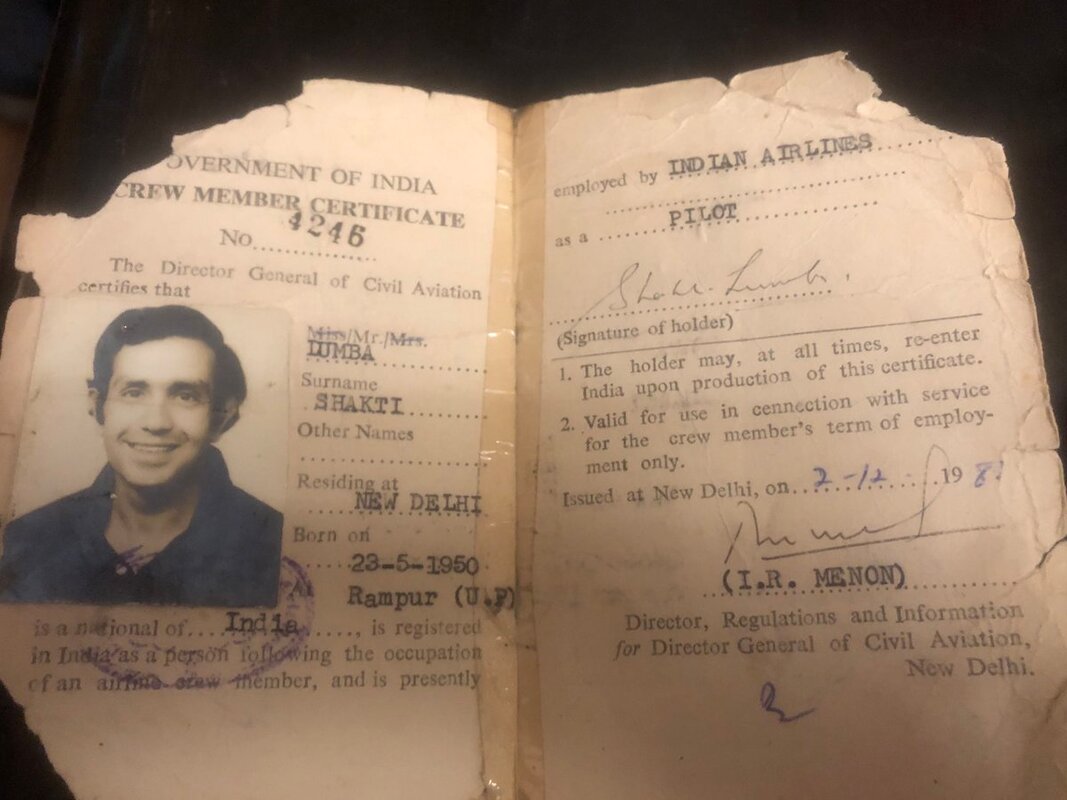
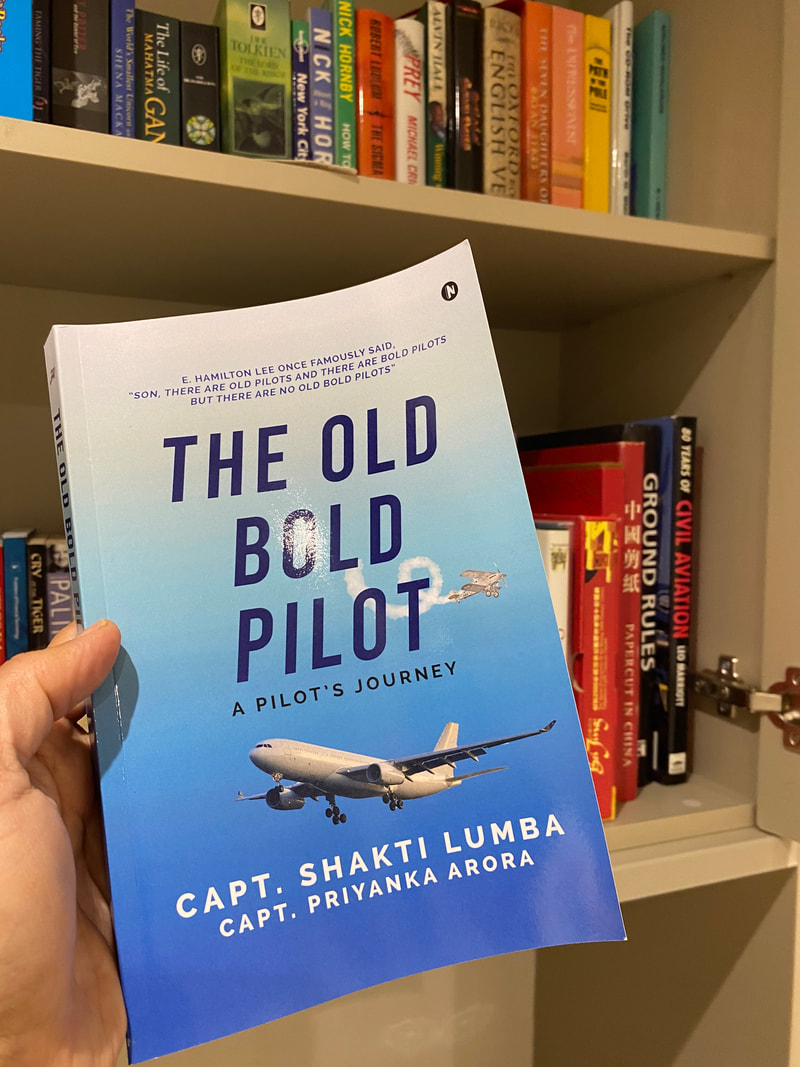
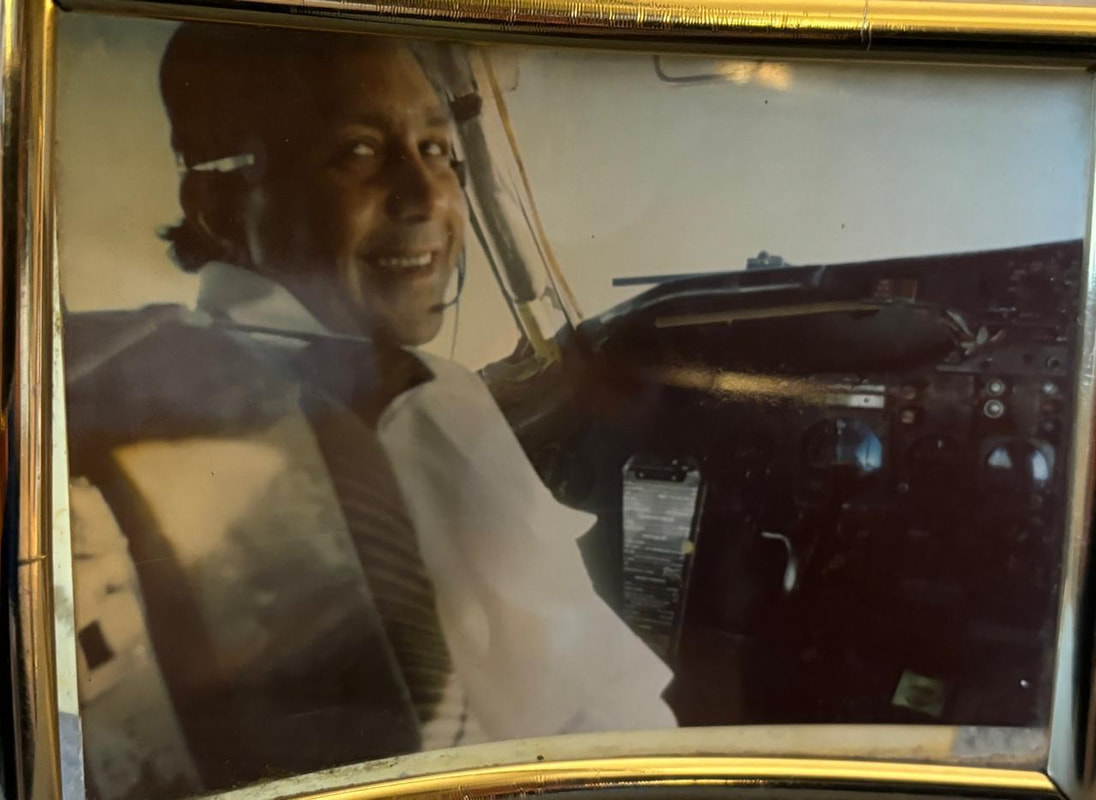
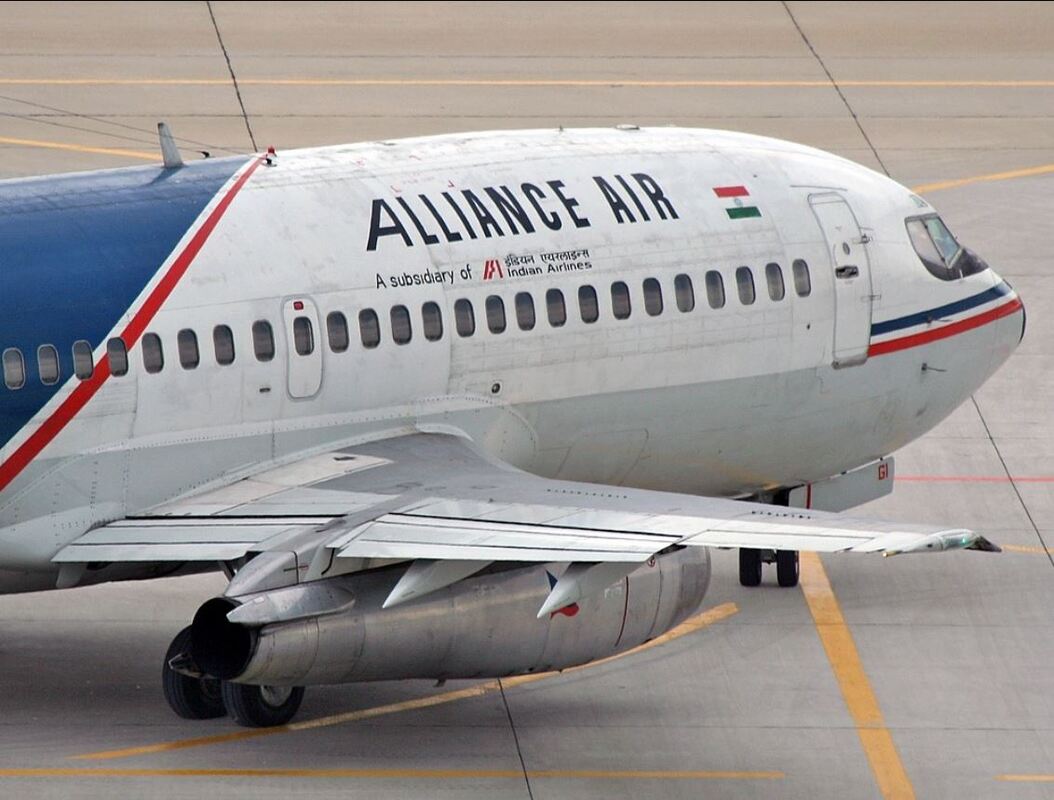
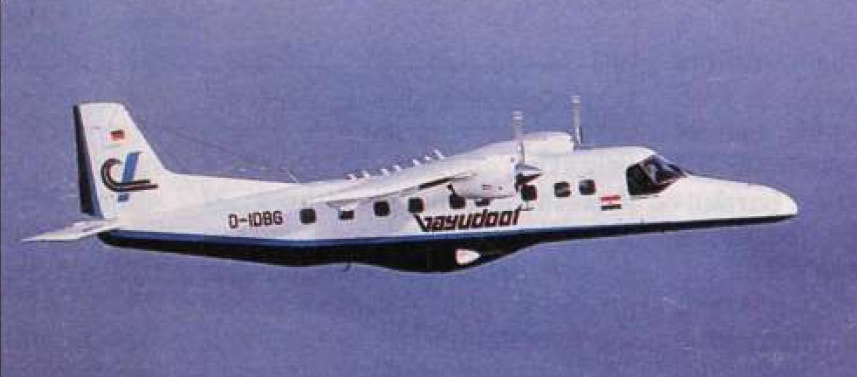
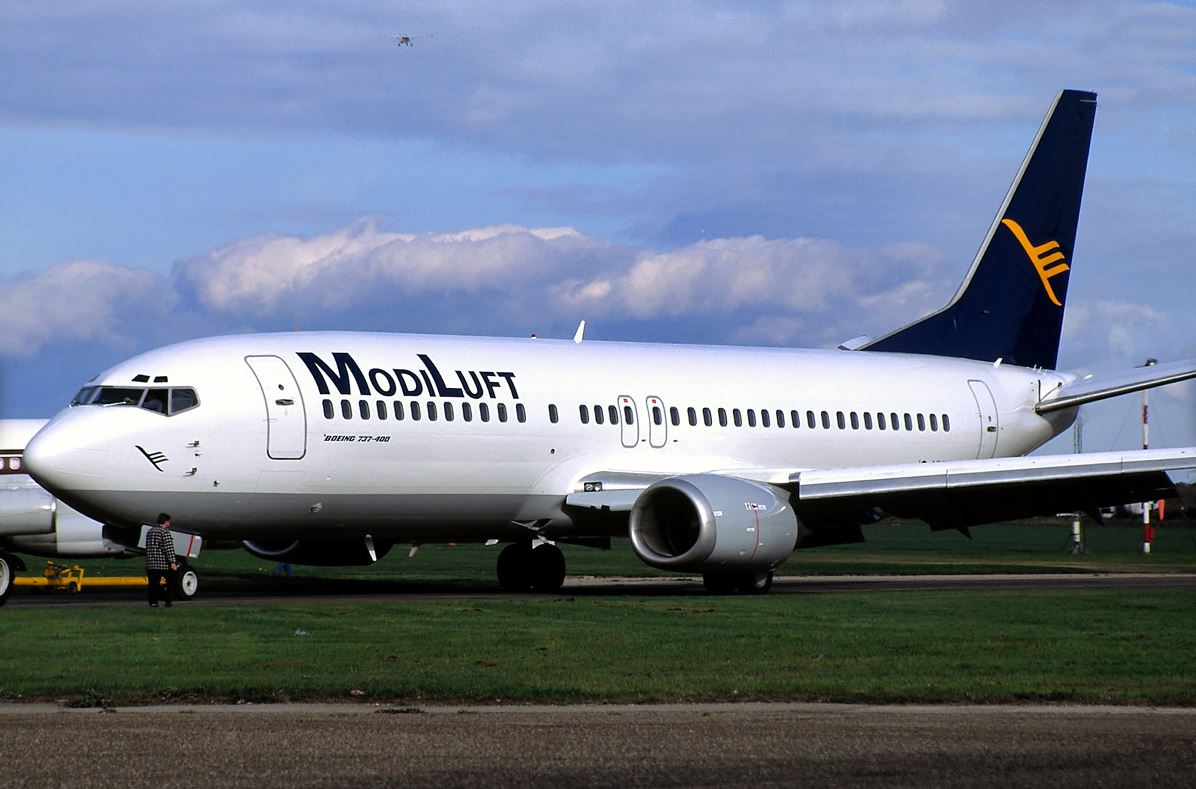
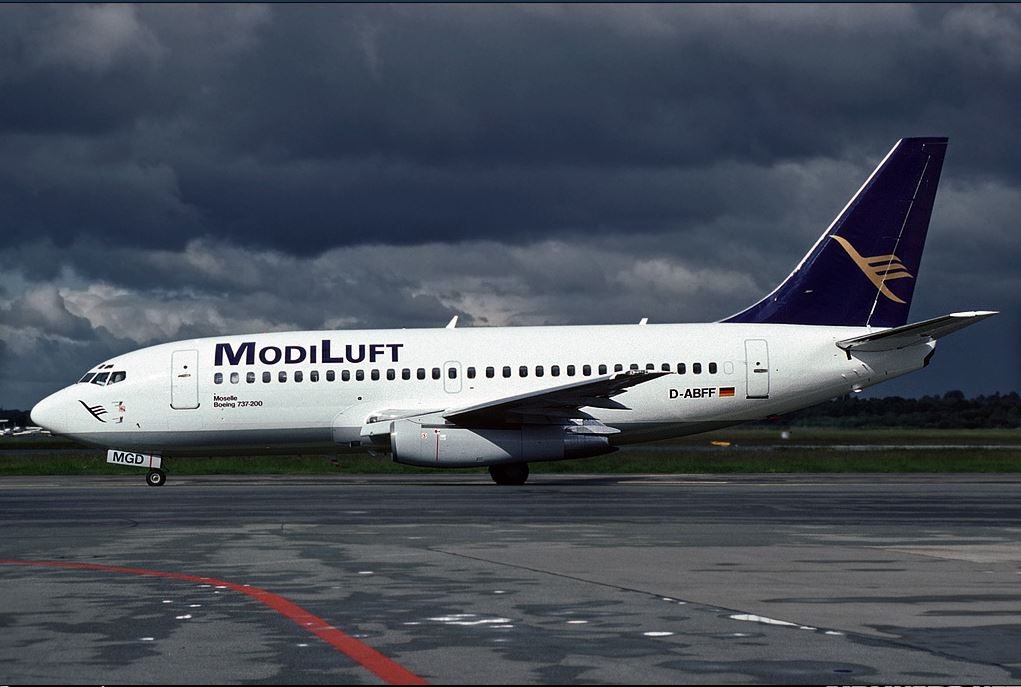
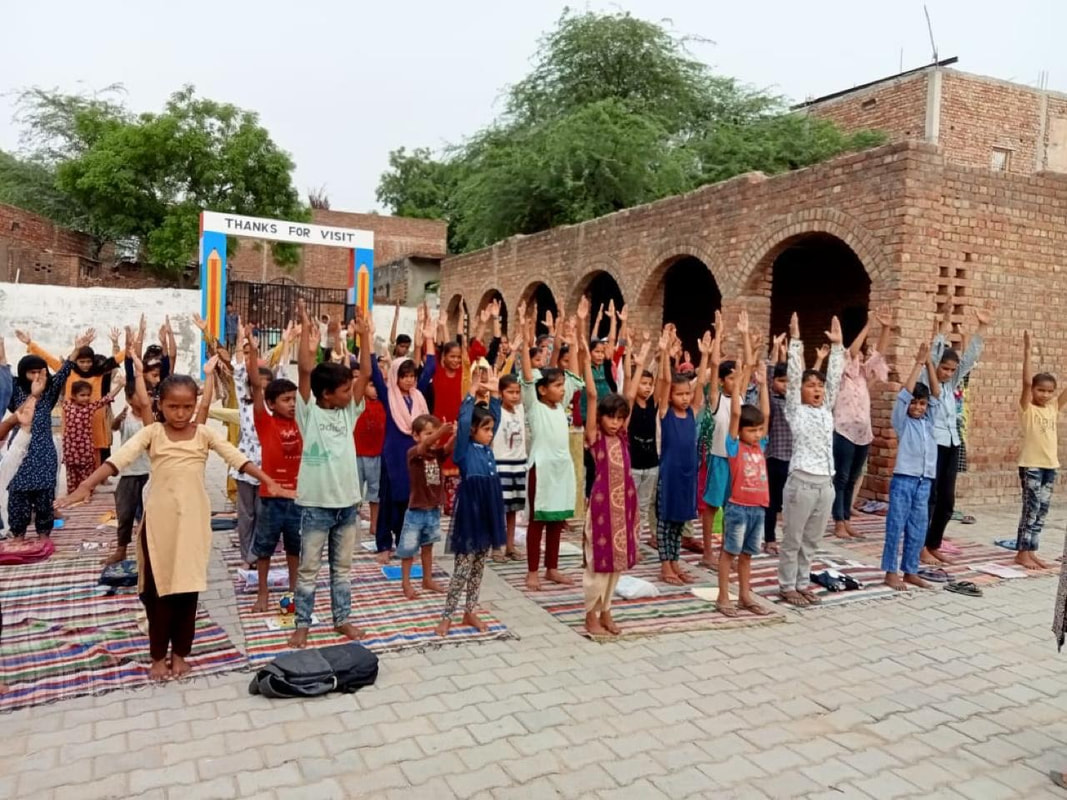
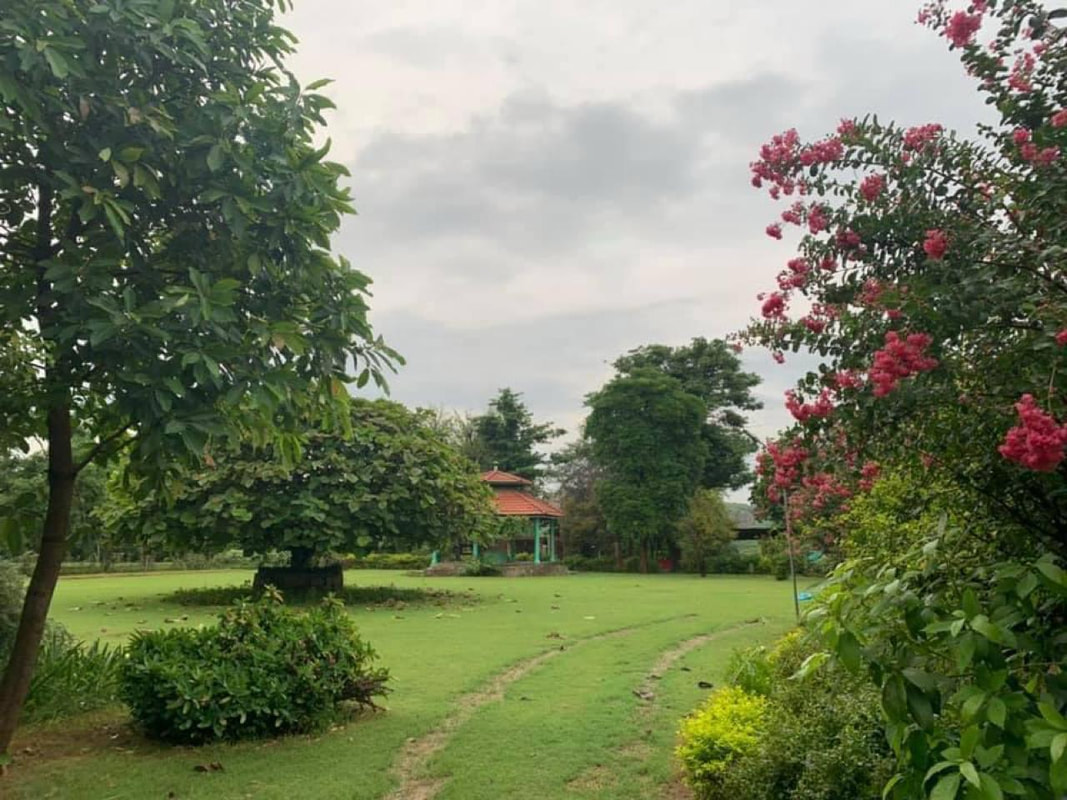
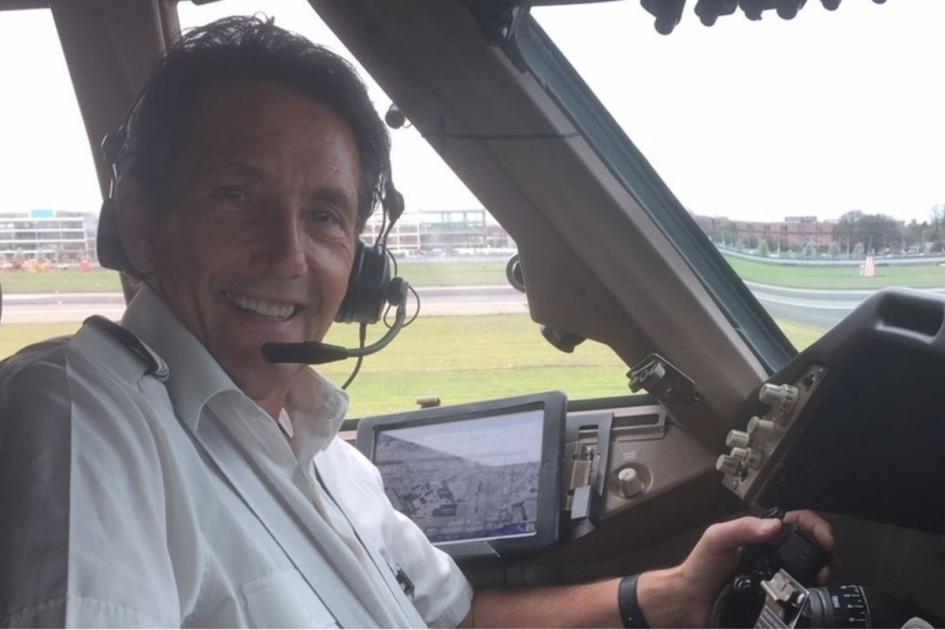
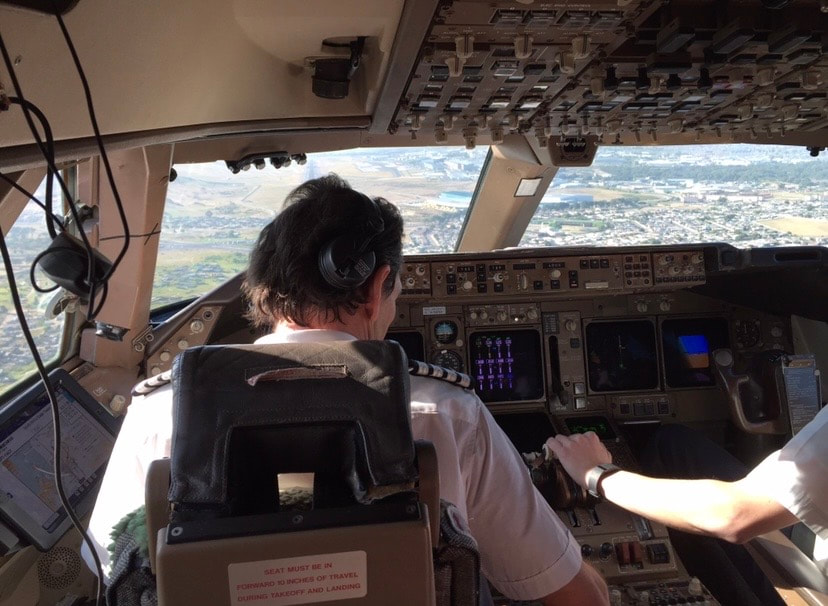
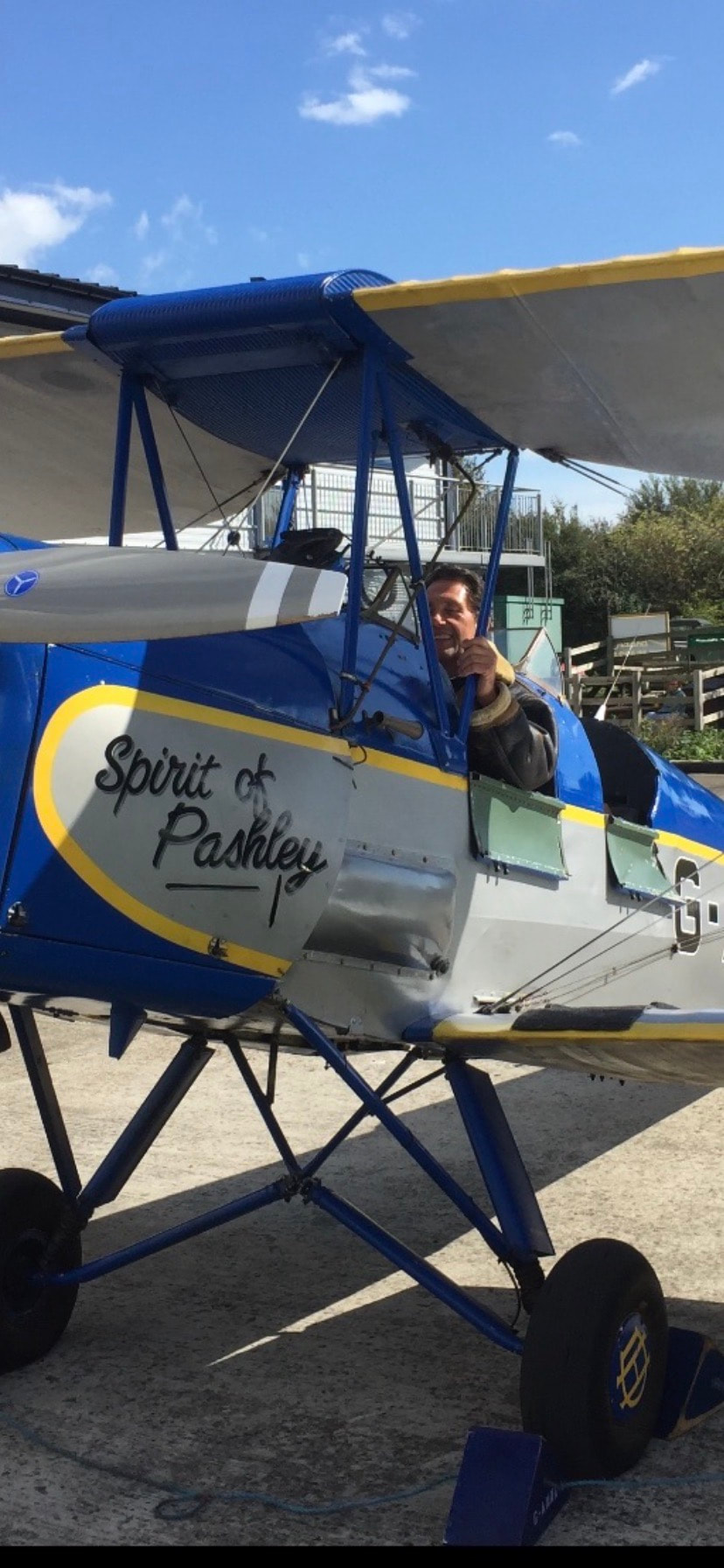
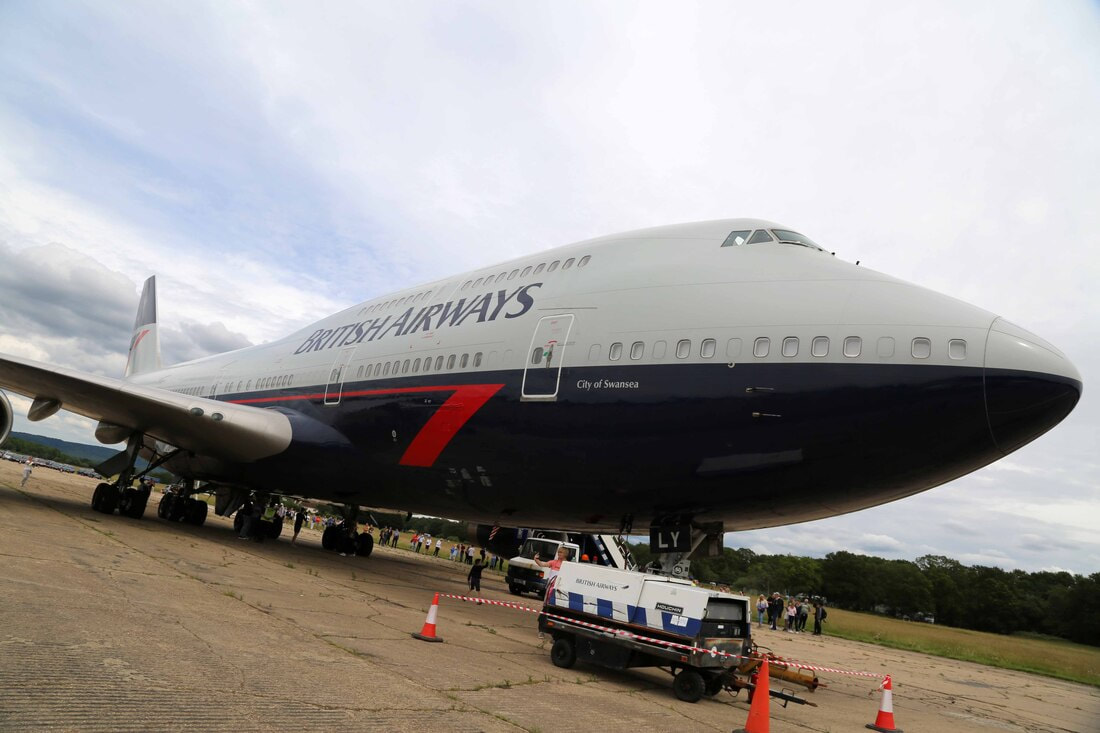
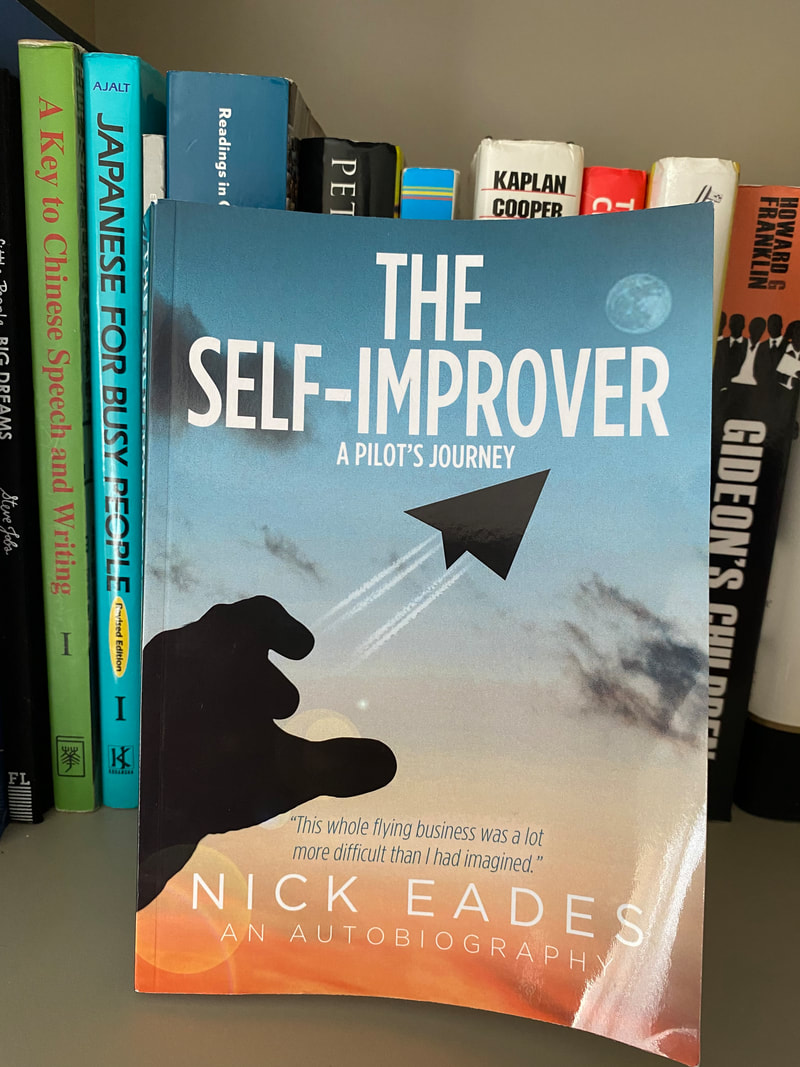
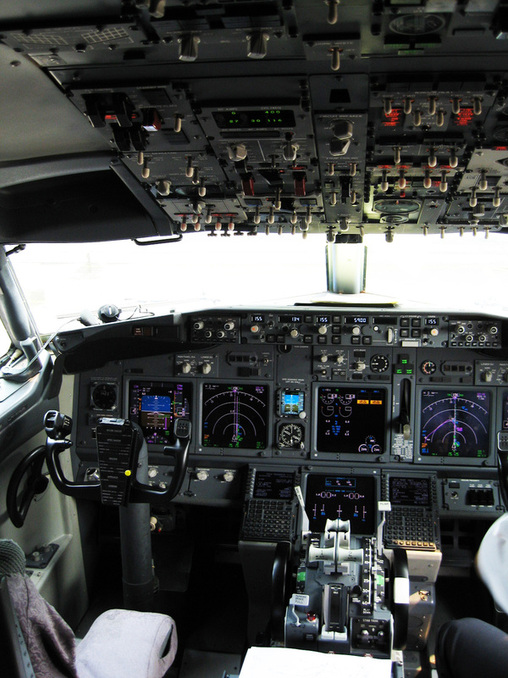
 RSS Feed
RSS Feed

